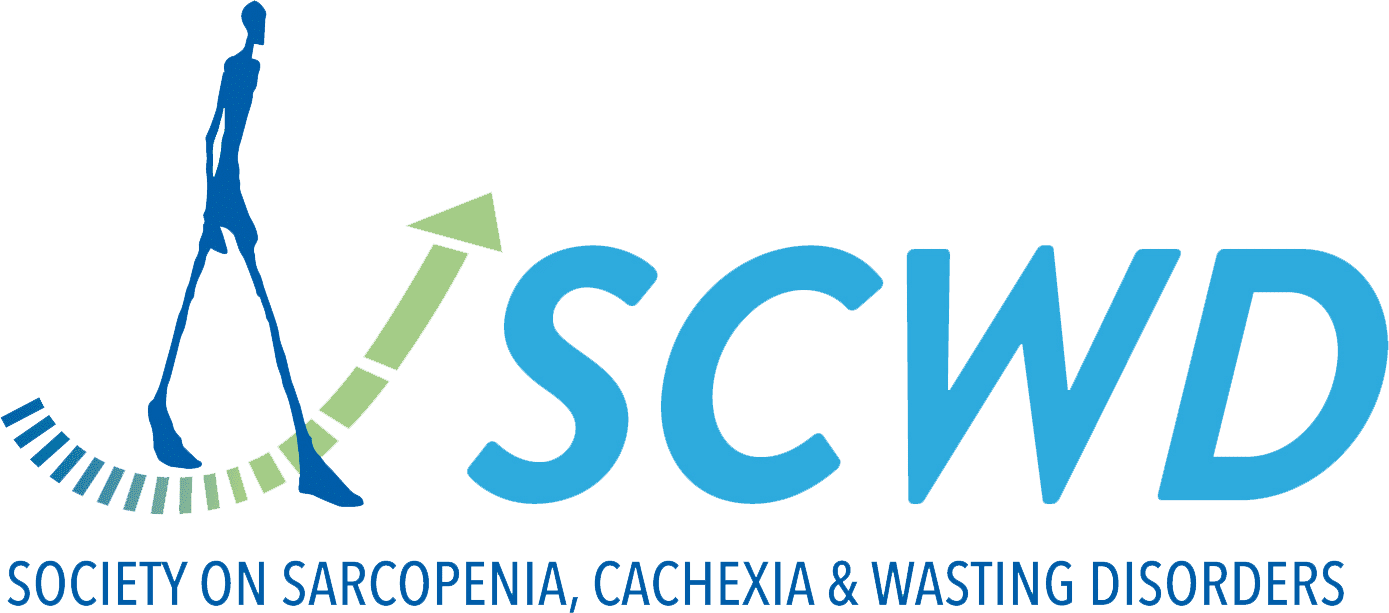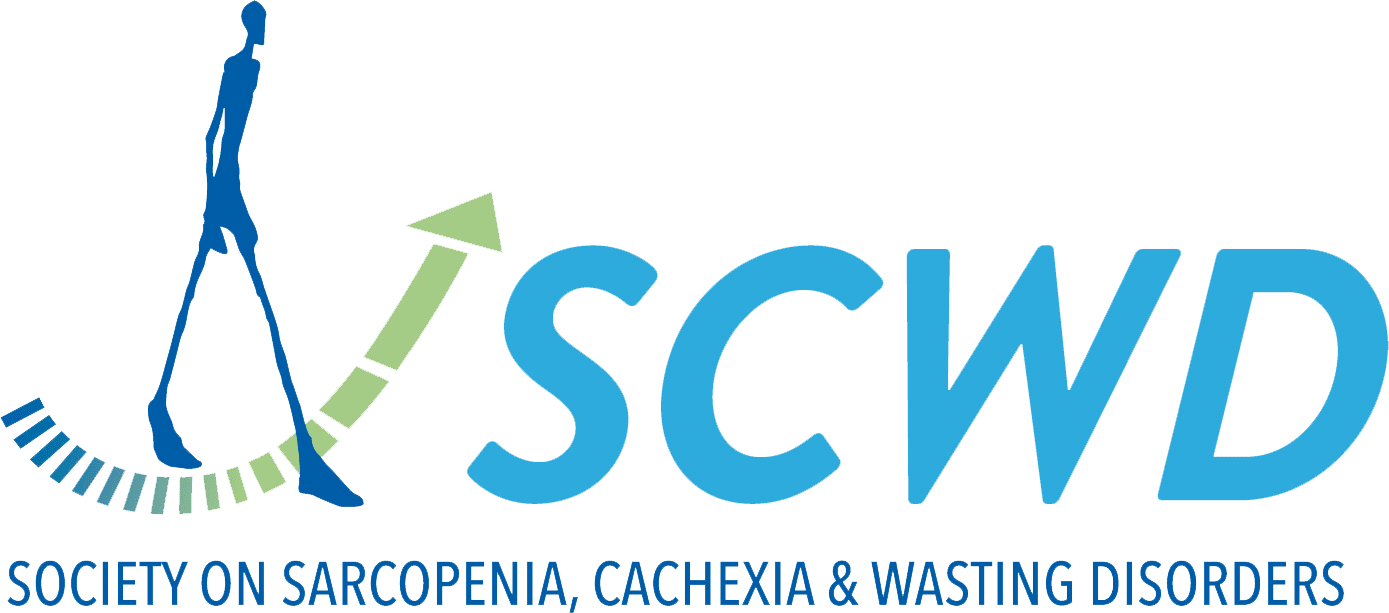Microenvironment-driven satellite cell regeneration and repair in aging-related sarcopenia: mechanisms and therapeutic frontiers.
Sarcopenia, a progressive age-related decline in skeletal muscle mass and function, is closely linked to impaired regenerative capacity of satellite cells (SCs), also known as satellite cells. Age-dependent SCs dysfunction, driven by intrinsic senescence and niche dysregulation, disrupts activation, proliferation, and differentiation, thereby exacerbating regenerative deficits in sarcopenia.
The SCs niche undergoes age-related remodeling, characterized by immune cell infiltration, ECM stiffening, and aberrant FAPs differentiation toward Fibro-Adipogenic lineages. Immune subsets orchestrate inflammation resolution and SCs activation during regeneration, while FAPs exhibit dual roles: transient pro-regenerative WISP1 secretion and chronic fibrotic conversion.
Concurrently, vascular-neural networks sustain SCs quiescence and neuromuscular junction integrity, with age-related degradation of these systems exacerbating regenerative decline. Single-cell omics and 3D genomic studies have revealed heterotypic interactions and chromatin structural changes underlying SCs dysfunction in aging.
Emerging therapeutic strategies targeting SCs rejuvenation and niche restoration-including metabolic regulation, endocrine interventions, and cell-based therapies-are complemented by advances in single-cell omics and 3D modeling technologies, which offer unprecedented opportunities to dissect niche complexity and identify novel therapeutic targets for sarcopenia. This review synthesizes recent advancements in understanding the role of SCs and their dynamic niche microenvironment in sarcopenia pathogenesis, exploring novel therapeutic strategies while underscoring the critical importance of deciphering their bidirectional interplay for developing effective interventions against age-related muscle loss.


